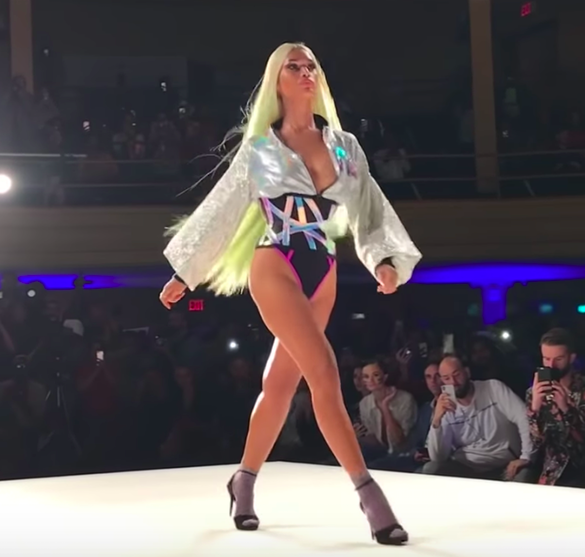NYFW: Reflecting Post-SS’19
By Fei Lu
New York Fashion Week has always had its fair share of memorable moments and groundbreaking occurrences, but this season was arguably the most socially relevant. By relevant, I mean not only design wise, but more importantly, culturally – whether you’re involved in the industry or not.
Fashion has always had a negative reputation with being disconnected from “important” industries like finance, politics, medicine, and pretty much every other industry other than our industry. It is understandable. The moment luxury clothing and design was utilized by the aristocratic – showcasing frivolous spending and existential pondering, while the masses were wearing literal rags and hungry – fashion began developing its questionable reputation. Then when the infamous Yves Saint Laurent allowed the semi-bourgeoise to partake in the revolutionary ready-to-wear system, fashion truly became a symbol (at least for the uninterested masses) of a willful disconnect from relevant life.
All of this, combined with various controversies like anorexic models, countless cases of sexual harassment, archaic portrayals of race, and heinous comments made by designers on a variety of subjects, our industry doesn’t have the best PR.
But there is hope.
Things are changing. Especially now.
This season, buyers, editors, students, customers, and the world were treated to our industry making moves towards relatable social development. In particular, I’m referencing the Marco Marco show, and Rihanna’s show for her Savage x Fenty lingerie collection.
Marco Marco’s entire runway this year was cast with transgender models. In the face of countless transgender women being murdered, monstrous bathroom bills, and the Trump Administration’s blatant disregard for the LGBTQ community, this was a moment for even non-fashion fans to find solace in our space.

Image Credits: Courtesy of YouTube
As for Rihanna, her show not only featured a diverse cast of models, but even two pregnant women. And though many people refer to diversity as a commercially-safe binary (i.e. Socially acceptable plus-size models, cis-gendered PoC models, passable trans-models, and other non-threatening means of “diversity”), Rihanna’s show threw everything out the window. We saw real people, actual people we meet in the streets. Though designers like Rick Owens have tried to use more creative casting choices, the Fenty Beauty mastermind took no prisoners this season.

Photo Credits: Brian Ach, Getty Images for Savage X Fenty
Having loved fashion since the day I could first pronounce Christian Dior, it thrills me that our industry has understood the importance of engagement with the everyman. Because every industry has its skeletons in its closet, and for us, it’s exclusionary elitism. But with even luxury fashion heavily relying on social media and the relevance of streetwear, our industry leaders and innovators need to open their minds to genuine diversity.
On a lighter note, internally this season presented a few revolutionary developments. For starters, Rodarte’s highly publicized return to design, The Row premiering it’s first menswear collection, and of course Celine’s logo change was on the tongues of all New Yorkers – with critics and supports both voicing their opinions on Heidi Slimane’s bold rebranding.
In short, fashion is going through a massive rebranding moment that will change how everyone interacts with it.
But what role do we as academics and students of fashion have in the grand scheme of things? With education in the arts being supplied by an increasingly diverse and multicultural stream of talent coming in, no doubt the industry that we all strive to enter will change as time passes. Keeping that thought in mind, we owe it to ourselves to literally do better.
Fashion isn’t going anywhere culturally. So long as people continue to wear clothing, fashion will exist as an entity to be celebrated, critiqued, purchased, and viewed.
But the context that fuels design and its legacy can move beyond the archaic standards of homogenous complacency to something that actually reflects the voices of its wearers. Not just those who are wealthy, socially privileged, and disconnected to point where the struggles of the majority are existentialist post-dinner topics.
Bio:
Fei Lu is our Editor-at-Large at BIAS Journal and a graduate student of Parsons School of Design. His work directly references his adolescence in Beijing and finding cultural identity as an American expat. He splits his time between Los Angeles, San Francisco, and New York City.